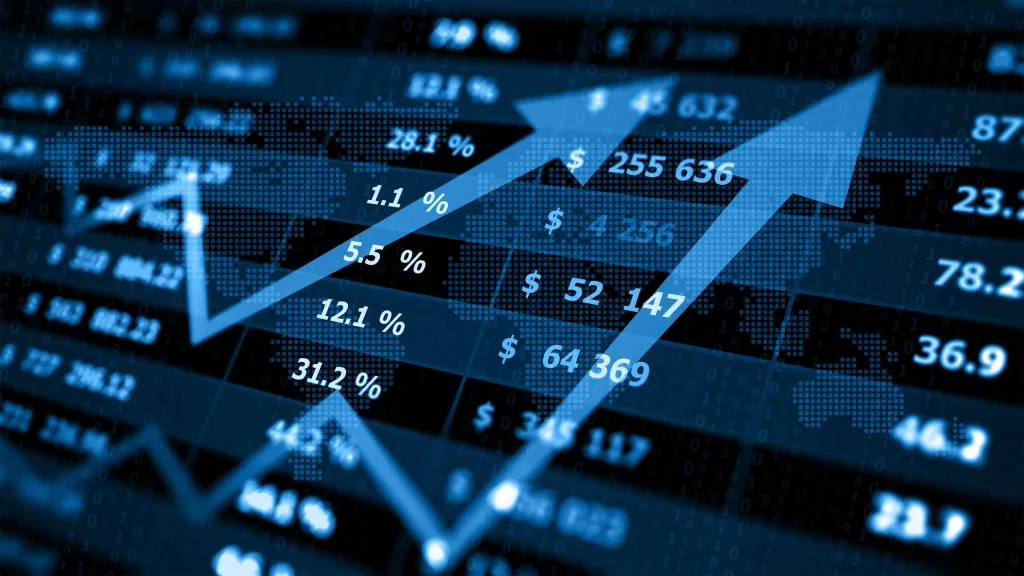What are the fees associated with trading on the LME?

What are the fees associated with trading on the LME?
Trading on the London Metal Exchange (LME) offers a gateway to the world of metals trading, but it’s essential to understand the fees and charges associated with accessing this prestigious marketplace. From membership fees to transaction costs, navigating the costs of trading on the LME is crucial for market participants seeking to maximize their returns and manage their expenses effectively. Join us as we explore the intricacies of LME trading fees, providing insights and guidance to help traders make informed decisions and optimize their trading strategies.
Membership Fees
Accessing the LME’s trading platform directly requires membership, which entails payment of membership fees. These fees vary depending on the type of membership and the level of access granted. Full trading members, who have the ability to trade directly on the LME, incur higher membership fees compared to associate members or non-trading members. Membership fees may also include additional charges for access to specific services or functionalities offered by the exchange.
Trading Fees
In addition to membership fees, market participants trading on the LME incur trading fees for each transaction executed on the exchange. These fees are typically calculated based on the volume or value of the trade and may vary depending on factors such as the type of contract traded, the liquidity of the market, and the type of participant (e.g., member or non-member). Trading fees may include charges such as exchange fees, clearing fees, and regulatory fees, which are passed on to market participants by their brokers or trading firms.
Clearing and Settlement Costs
Clearing and settlement costs are another component of trading on the LME, involving fees associated with the clearing and settlement of trades executed on the exchange. Clearing fees cover the cost of processing and reconciling trades, managing counterparty risk, and ensuring the integrity of the clearing process. Settlement costs, on the other hand, relate to the settlement of trades and the transfer of funds or securities between counterparties. These costs are typically borne by clearing members or their clients and may vary depending on the volume and value of trades cleared.
Market Data Fees
Access to market data is essential for traders to make informed decisions and analyze market trends effectively. However, market data comes at a cost, with market data fees charged by the exchange for access to real-time or historical market data feeds. These fees may vary depending on factors such as the type of data (e.g., price quotes, trade volumes, order book depth) and the level of access (e.g., direct feed, delayed feed). Market data fees are typically charged on a subscription basis and may be included as part of a trader’s overall trading costs.
Regulatory and Compliance Costs
Market participants trading on the LME must also consider regulatory and compliance costs associated with adhering to relevant regulations and standards. These costs may include fees for regulatory memberships, compliance audits, and ongoing regulatory reporting requirements. Additionally, market participants may incur costs related to compliance with anti-money laundering (AML) and know-your-customer (KYC) regulations, as well as other regulatory obligations imposed by authorities such as the Financial Conduct Authority (FCA) in the UK.
Conclusion: Optimizing Trading Costs on the LME
In conclusion, understanding the fees and charges associated with trading on the London Metal Exchange (LME) is essential for market participants seeking to navigate the complexities of the commodities market effectively. By carefully evaluating membership fees, trading fees, clearing and settlement costs, market data fees, and regulatory and compliance costs, traders can optimize their trading strategies, minimize expenses, and maximize returns. As market dynamics evolve and trading technologies advance, staying informed about trading costs on the LME is key to success in the ever-changing world of metals trading.
As market dynamics evolve and trading technologies advance, staying informed about trading costs on the LME is key to success in the ever-changing world of metals trading.



